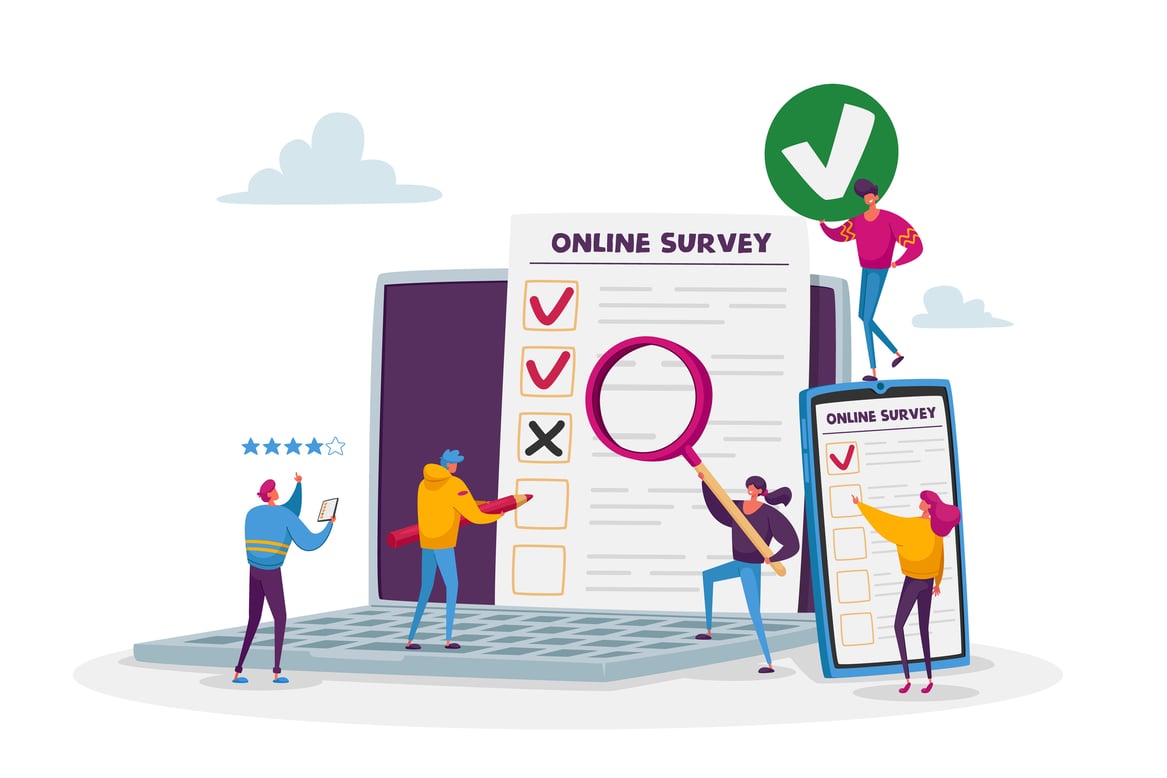
The Importance of the DEI Survey
In late May of 2020, as our country battled the coronavirus, the murder of George Floyd sent shockwaves through many communities, across the United States. In fact, his murder galvanized millions of Americans to examine structural and institutional inequities particularly for Black Americans, but also across race, gender, sexuality, and socioeconomic status – a renewed focus not seen since the civil rights movement of the 1960s.
This most recent social awakening forced schools and districts to look inward. Many asked themselves, “What structural inequities do we hold?” “How are our stakeholders experiencing diversity, equity, and inclusion across our school communities?” “Are groups of stakeholders experiencing our school community differently or more negatively than other groups?” And, as schools and districts began asking themselves these questions, we saw an influx of inquiries regarding our Diversity, Equity, and Inclusion (DEI) surveys.
Schools and districts were looking for survey tools that gave them a lens into the diversity, equity, and inclusion climate across their school communities.
As a leading provider of research-backed K-12 surveys, we were ready to meet their needs. Quickly, our DEI surveys for students, faculty/staff, and families became one of our most widely administered surveys in the 2019-20 and 2020-21 school years. A trend that has continued in 2021-22.
More recently, our survey team had the opportunity to take a step back and ask ourselves, “What was it about our DEI surveys that made districts and schools across the country prioritize these particular tools in the midst of the challenges of schooling during a pandemic?”
One school administrator said, that “[Our school is the] center to the community and when our community has concerns we want to be a leader and a partner who provides solutions. The only way to provide solutions [is] to check in on our community and we [believed that] the DEI survey was the best way to do that.”
The administrator continued, “Students have been clear that things are not great for everyone here, but we had no data on that besides what they said.” To move beyond ad hoc responses, they chose to collect meaningful data on how all of their students experience diversity, equity, and inclusion, in order to make relevant and meaningful improvements.
Now they note that “since March 2021, we’ve been able to engage with students in ways that we never have previously and we have been able to truly use their feedback to make schoolwide improvements.”
Using the Tripod/Education Elements dynamic DEI data dashboards, this school, and others like them were able to see how students experience DEI. And, in a short time, leaders have already changed school practices in various ways: student affinity groups are now a staple of their school community, students were asked to join committees to inform what is being taught in the classroom, and student support services are now widely available to all students.
Overall, we have seen a shift in data collection practices in the past two years. From only collecting data on instructional practices and teaching quality, to collecting data on the whole student experience. The Tripod/Education Elements DEI surveys have not only given districts and schools the opportunity to answer important questions about structural inequities that exist in school communities, but they have also provided districts and schools with the opportunity to use DEI data to improve the experiences of all stakeholders. These districts and schools are beginning with empathy, and developing a deep understanding of the experiences of all stakeholders.
More Data Culture and Equity reading
Blog: A Four Step Process for Developing Data Culture in School Districts
Blog: Starting and Sustaining a Data Habit in Your School
Blog: How Bias Affects Our Perceptions of Data: 3 ways to guard against unconscious bias
Blog: Grading for Equity: One School’s Approach to Increasing Student Ownership and Success


.png)